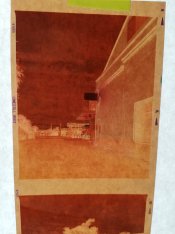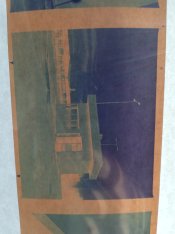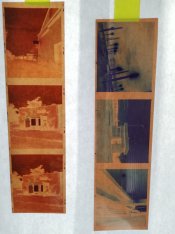Arturo Carmona
Member
Hello!!
Recently I have experienced some troubles with a set of Cinestill 800T rolls I bought to a local market. (www.foto-r3.com). I have attached some images.
At the left hand side, a cinestill 800T film I shot in the past, with its natural orange negative color and the correct labeling of the brand at the edge. Everything great with it. At the right hand side, the negative I have recently bought to a local market, without labeling at the edge and that pronunced blue tinted that ruin all the image.
Said that, at the beggining I thought it could have been produced by the chemistry used (a regular c-41, 1 liter kit), so I decided to change the brand and try again with next roll...I got same results.
Do you know what might be happening? The entire process leads me to think it is something wrong with negatives.
Thank you so much!
Recently I have experienced some troubles with a set of Cinestill 800T rolls I bought to a local market. (www.foto-r3.com). I have attached some images.
At the left hand side, a cinestill 800T film I shot in the past, with its natural orange negative color and the correct labeling of the brand at the edge. Everything great with it. At the right hand side, the negative I have recently bought to a local market, without labeling at the edge and that pronunced blue tinted that ruin all the image.
Said that, at the beggining I thought it could have been produced by the chemistry used (a regular c-41, 1 liter kit), so I decided to change the brand and try again with next roll...I got same results.
Do you know what might be happening? The entire process leads me to think it is something wrong with negatives.
Thank you so much!













